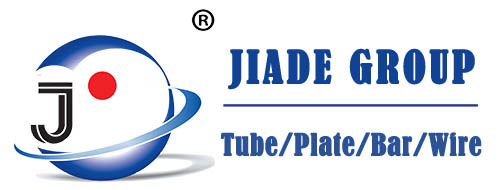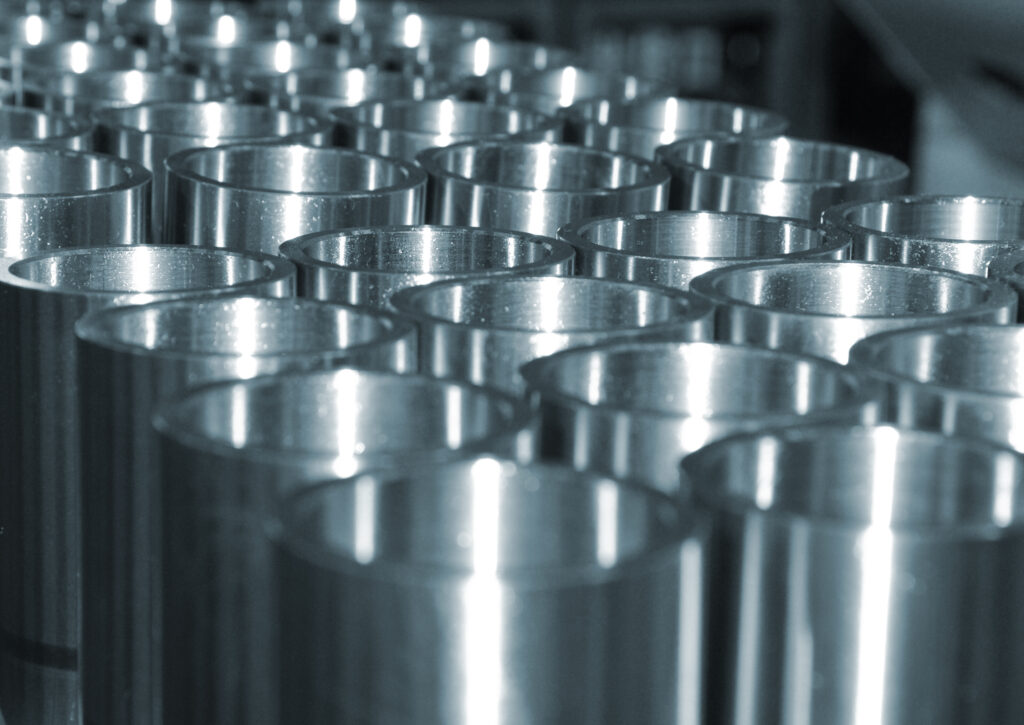What is 316L Stainless Steel Pipe and What Makes it Different?
316L stainless steel pipes are a type of austenitic stainless steel that is highly resistant to corrosion and heat. It is a low-carbon version of 316 stainless steel and is often use in various industrial applications, such as chemical processing, food and beverage production, and pharmaceutical manufacturing.
What makes 316L stainless steel pipe different from other types of stainless steel is its lower carbon content, which improves its weldability and reduces the risk of sensitization to corrosion. Sensitization is a condition that can occur when stainless steel is expose to high temperatures, causing the material to become more susceptible to corrosion.
The lower carbon content in 316L stainless steel also makes it more resistant to intergranular corrosion, a type of corrosion that occurs at the boundaries between grains in a metal. This property is important in applications that involve exposure to high temperatures, such as welding or heat treatment processes.
In addition to its corrosion resistance and weldability, 316L stainless steel pipe also has excellent strength and toughness properties, making it suitable for use in applications that require high-pressure and high-temperature resistance. It also has good formability and machinability properties, allowing it to be easily form into different shapes and sizes.
Overall, 316L stainless steel pipe is an excellent choice for a wide range of industrial applications due to its superior corrosion resistance, weldability, and strength properties, as well as its resistance to intergranular corrosion.
The Advantages & Disadvantages of Using A 316L Stainless Steel Pipes
Advantages
- Corrosion resistance: 316L stainless steel is highly resistant to corrosion, making it ideal for use in harsh environments and applications that involve exposure to chemicals, acids, and saltwater.
- Strength and durability: 316L stainless steel has excellent strength and durability properties, which make it suitable for use in applications that require high-pressure and high-temperature resistance.
- Hygiene and cleanliness: 316L stainless steel has a smooth, non-porous surface that resists bacterial growth and is easy to clean, making it ideal for use in applications where hygiene and cleanliness are critical.
- Aesthetic appeal: 316L stainless steel has a polished, sleek appearance that adds an aesthetic appeal to any project.
- Versatility: 316L stainless steel can be easily formed into different shapes and sizes, making it suitable for use in a wide range of applications.
Disadvantages
- Cost: 316L stainless steel is more expensive than some other types of stainless steel and may not be cost-effective for some applications.
- Brittle: 316L stainless steel may be susceptible to stress corrosion cracking, which can cause it to become brittle and prone to failure under certain conditions.
- Magnetism: 316L stainless steel may exhibit magnetic properties, which can be a disadvantage in applications where magnetism is not desired.
- Weldability: While 316L stainless steel is generally considered to be weldable, it may require special techniques and procedures to ensure proper welds and avoid sensitization to corrosion.
Overall, the advantages of using a 316L stainless steel pipe typically outweigh the disadvantages, making it a popular choice for a wide range of industrial applications where corrosion resistance, strength, durability, and hygiene are critical factors. However, it’s important to consider the specific requirements of your project and weigh the pros and cons of using 316L stainless steel pipe against other options to ensure the best outcome.
Choosing the Right Type & Size for Your Project
When choosing the right type and size of 316L stainless steel pipe for your project, consider the following factors:
- Type: Determine the correct type of 316L stainless steel pipe required for your application based on factors such as temperature, pressure, and corrosion resistance. For example, you may need a seamless pipe for high-pressure applications or a welded pipe for lower-pressure applications.
- Size: Determine the correct pipe size required for your application based on factors such as flow rate, pressure drop, and pipe length. The size of the pipe can also affect the cost and weight of the project.
- Wall thickness: Choose the correct wall thickness of the pipe required for your application based on factors such as pressure and temperature. A thicker wall will provide greater strength and durability but may also be more expensive.
- Surface finish: Select the desired surface finish, such as polished or matte, based on your project’s aesthetic requirements.
- Certification: Ensure that the 316L stainless steel pipe meets the required industry standards and certifications for your application, such as ASTM or ASME standards.
- Compatibility: Ensure that the 316L stainless steel pipe is compatible with the other materials used in your project, such as fittings and valves.
- Cost: Consider the cost of the 316L stainless steel pipe and compare it to other piping materials to ensure that it is a cost-effective option for your project.
Overall, choosing the right type and size of 316L stainless steel pipe for your project requires careful consideration of the specific requirements of your application. By taking into account factors such as type, size, wall thickness, surface finish, certification, compatibility, and cost, you can ensure that you select the best possible option for your project.
3 Tips to Help You Get the Most Out Of Your 316L Stainless Steel Pipe
Here are three tips to help you get the most out of your 316L stainless steel pipe:
- Maintain proper installation and maintenance: Proper installation and regular maintenance are critical for maximizing the lifespan of your 316L stainless steel pipe. Ensure that the pipe is install correctly, with the appropriate fittings and valves, and that it is regularly inspect and clean to prevent corrosion and other forms of damage.
- Choose the right type and size: As mentioned earlier, selecting the correct type and size of 316L stainless steel pipe for your application is essential for achieving optimal performance. Be sure to choose a pipe that is suitable for the temperature, pressure, and corrosion resistance requirements of your application.
- Avoid harsh environments: While 316L stainless steel is highly resistant to corrosion, exposure to harsh environments can still cause damage over time. Avoid exposing your pipe to chemicals, saltwater, and other corrosive substances as much as possible. If exposure is unavoidable, ensure that the pipe is regularly clean and maintain to prevent corrosion.
By following these tips, you can help ensure that your 316L stainless steel pipes performs at its best and lasts for as long as possible. Regular maintenance, proper installation, and careful consideration of the specific requirements of your application can all contribute to achieving optimal performance and longevity from your 316L stainless steel pipe.

